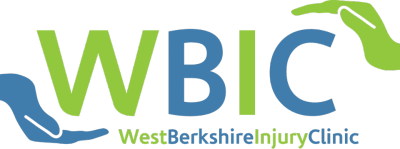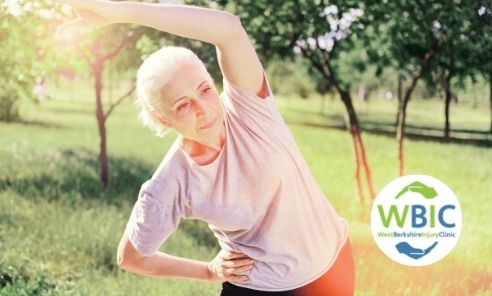Osteoarthritis is the most prevalent form of arthritis. It is characterized by degeneration of cartilages and its underlying bone within a joint as well as bony overgrowth. Symptoms like joint pain and stiffness, loss of flexibility, grating sensation, swelling and tenderness are common signs of osteoarthritis that usually progress, even slowly over years, causing increasing levels of disability, especially as we age.
There are many myths and misconceptions, sometimes promoted by medical professionals themselves, as to the negative outcomes that scare people into not exercising for fear of wearing out joints or needing joint replacements. Furthermore, research has been done to refute these opinions in the majority of cases. The narrative needs to change from structural damage and movement limitation to focus on the person, education, and positive self-management. In fact, as I write this, Sport England have released a consensus statement reinforcing this. See the link at the end.
See our separate blog on Arthritis: Myths and Misconceptions.
Osteoarthritis And Exercise
Physical activity has been validated as a tool to reduce pain, strengthen joints, improve self-management and function. Additionally, it helps maintain a proper range of motion and flexibility of a joint.
A variety of methods such as:-
- Aerobic and aquatic training,
- Flexibility and stretching,
- Balance and proprioception,
- Strength training or a combination are helpful.
Exercise is one of the primary tactics recognised by many organisations for preventing or managing this condition along with education and weight-loss.
The trick is to overcome apprehension and preconceptions to gradually become comfortable with this approach. Explore all options before submitting to inactivity or surgery. Osteoarthritis and exercise can go hand in hand if managed correctly. Give it a go! – you will probably surprise yourself.
Activity Levels That Suit You.

There is a relationship at either end of the activity loading scale, with very low or no exercise, or conversely extremely high load, being more susceptible to osteoarthritis. However, the good news is there is a large sweet spot in the middle that is beneficial to joint health and at low risk of developing or worsening osteoarthritis. So, we need to find where that is for you.
Non-weight Bearing v Weight Bearing
Both have similar benefits. Non-weight bearing exercise (seated or lying down) such as on a mat or machine, may be better for people who are apprehensive, obese or have low starting fitness levels. Weight bearing exercise has the additional benefit of being more functional for daily activity and may better improve quality of life. Progressing to weight bearing or a combination of both should have the best outcomes. It’s a matter of pacing yourself with guidance.
Studies involving running, as an example, among individuals over 50 years old with knee OA, show it is fine to do. Self-selected running is associated with improved knee pain and not with worsening knee pain or radiographically defined structural progression. Therefore, self-selected running, which is likely influenced by knee symptoms and may result in lower intensity and shorter duration sessions of exercise, need not be discouraged in people with knee OA

There have also been studies showing the benefits of light to moderate resistance training on joint health. With some research showing gradually progressing with coaching to controlled high-intensity training has similar positive results.

It is known that exercise can bring many benefits to health and wellbeing. Likewise, that there are potentially harmful effects of not moving or exercising. So, on balance, within your personal circumstances and goals, exercise is the best option.
If this is of interest, please let us know and we can help work out a plan for you. Click here to contact us.
—oOo—
Further Reading
Sport England link: https://www.sportengland.org/news/physical-activity-benefits-outweigh-risks-people-long-term-health-conditions
Caneiro JP, et al. (2020). Three steps to changing the narrative about knee osteoarthritis care: a call to action. British Journal of Sports Medicine. Vol 54: 256–258. DOI: 10.1136/bjsports-2019-101328.
Lo G. et al (2018). Running Does Not Increase Symptoms or Structural Progression in People with Knee Osteoarthritis: Data from the Osteoarthritis Initiative. Clinical Rheumatology. 37(9): 2497–2504. DOI:10.1007/s10067-018-4121-3.
Malorgio, A. et al (2021). High intensity resistance training as intervention method to knee osteoarthritis. Sports Medicine and Health Science, 3(1), 46-48. DOI: 10.1016/j.smhs.2021.02.005. Images: Designed by tartila / Freepik.com

